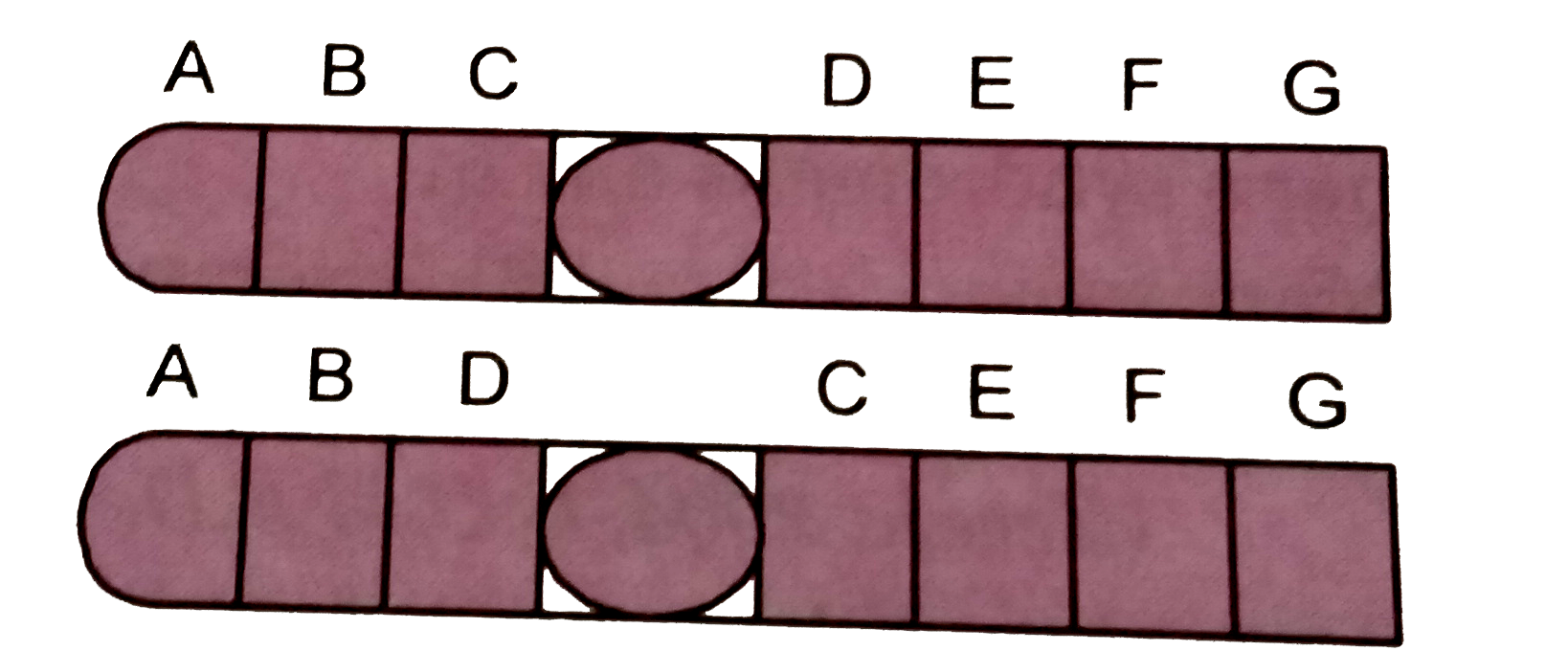Write an essay on chromosomal aberrations, giving their cytological and genetic effects.
Essay on Chromosomal Aberrations: Cytological and Genetic Effects
Chromosomal aberrations, also known as chromosomal mutations, refer to alterations in the structure of chromosomes. These mutations can significantly affect the genetic information carried by the chromosomes and can lead to various cytological and genetic consequences. Chromosomal aberrations are primarily classified into four types: deletion, duplication, inversion, and translocation.
Types of Chromosomal Aberrations
1. Deletion: This type of aberration occurs when a segment of a chromosome is removed or lost. For instance, if we consider a normal chromosome represented as A-B-C-D-E-F, a deletion would result in a shorter chromosome, such as A-B-C-F, where the segment D has been deleted. This loss of genetic material can lead to serious consequences, including developmental issues or genetic disorders.
2. Duplication: In contrast to deletion, duplication involves the repetition of a segment of a chromosome. For example, if part D of the chromosome A-B-C-D-E-F is duplicated, the resulting chromosome might look like A-B-C-D-D-E-F. This increase in genetic material can lead to an imbalance in gene dosage, which may disrupt normal cellular functions and contribute to diseases.
3. Inversion: Inversion occurs when a segment of a chromosome breaks off and reattaches in the reverse orientation. For example, a chromosome A-B-C-D-E-F may become A-B-E-D-C-F after an inversion. Although the total amount of genetic material remains the same, the rearrangement can affect gene expression and lead to developmental anomalies.
4. Translocation: This type of aberration involves the exchange of segments between non-homologous chromosomes. For instance, if segments D-E-F from chromosome 1 are swapped with segments O-P-Q from chromosome 2, the resulting chromosomes will have new combinations of genetic material. Translocations can disrupt gene function and lead to various genetic disorders, including certain types of cancer.
Cytological Effects
Cytologically, chromosomal aberrations can lead to changes in the structure and number of chromosomes during cell division. These changes can be observed under a microscope during metaphase, where chromosomes are most condensed and visible. Aberrations can result in aneuploidy (an abnormal number of chromosomes) or polyploidy (an increase in the number of chromosome sets), which can disrupt normal cellular processes and lead to cell death or malfunction.
Genetic Effects
Genetically, chromosomal aberrations can have profound effects on an organism. The deletion of a gene can lead to the absence of a specific protein, resulting in metabolic deficiencies or developmental disorders. For example, the deletion of chromosome 16 has been associated with an increased risk of birth defects and developmental disorders such as autism. Similarly, duplications can lead to overexpression of certain genes, which can disrupt normal cellular functions and contribute to conditions like cancer.
Inversions and translocations can also disrupt gene function by altering the regulatory elements of genes or by placing genes in new contexts where they may be misregulated. This can lead to a variety of genetic disorders, including hereditary cancers.
Conclusion
In summary, chromosomal aberrations are significant alterations in chromosome structure that can have serious cytological and genetic consequences. Understanding these aberrations is crucial for the study of genetics and the diagnosis of various genetic disorders. The implications of chromosomal mutations extend beyond individual health, influencing evolutionary processes and the genetic diversity of populations.
---
Topper's Solved these Questions
- PRINCIPLES OF INHERITANCE AND VARIATIONBOOK - ICSECHAPTER - PRINCIPLES OF INHERITANCE AND VARIATIONEXERCISE - PREVIOUS YEAR.S BOARD PAPER QUESTIONS (VERY SHORT ANSWER TYPE QUESTIONS)
8 Videos
- PRINCIPLES OF INHERITANCE AND VARIATIONBOOK - ICSECHAPTER - PRINCIPLES OF INHERITANCE AND VARIATIONEXERCISE - PREVIOUS YEAR.S BOARD PAPER QUESTIONS ( SHORT ANSWER TYPE-I QUESTIONS)
3 Videos
- PRINCIPLES OF INHERITANCE AND VARIATIONBOOK - ICSECHAPTER - PRINCIPLES OF INHERITANCE AND VARIATIONEXERCISE - PRACTICE QUESTIONS ( SHORT ANSWER TYPE-II QUESTIONS)
29 Videos
- ORGANISMS AND POPULATIONSBOOK - ICSECHAPTER - ORGANISMS AND POPULATIONSEXERCISE - COMPETITION CORNER (ASSERTION AND REASON TYPE QUESTIONS)
22 Videos
- QUESTION PAPER 2022 TERM 1BOOK - ICSECHAPTER - QUESTION PAPER 2022 TERM 1EXERCISE - MULTIPLE CHOICE QUESTIONS
45 Videos
Similar Questions
Write an essay on the composition of blood.
View SolutionWrite an essay on abiotic factors.
View SolutionChromosomes aberration occurs due to
View SolutionType of chromosomal aberration indicatied in diagram shows

View SolutionWrite short notes on: Sex-chromosome
View SolutionTranslocation occurs during spontaneous chromosomal aberrations. During transclocation there is
View SolutionWrite the chromosomal basis of sex determination in birds.
View SolutionCan mirrors give rise to chromatic aberration ?
View Solution(a) How does a chromosomal disorder differ from a Mendelian disorder?
(b ) Name any two chromosomal aberration associated disorders.
(c) List the characteristics of the disorders mentioned above that help in their diagnosis.
View SolutionWhich of the following is not related to chromosomal aberration
View Solution
